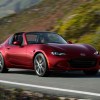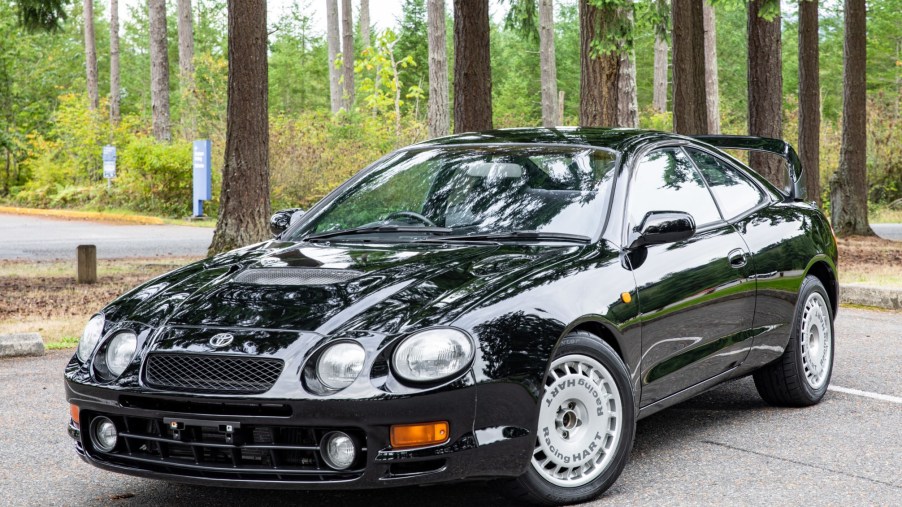
The Celica GT4 Is a Toyota Rally Racer You Can Actually Own
Rallying has created some very cool vehicles. Mitsubishi, Nissan, Mercedes, Fiat, and Lada, have all duked it out in Paris-Dakar. Porsche took its famous 911 sports car rallying and inspired a massive trend. Through the World Rally Championship, Lancia arguably helped create the modern car. And your AWD SUV wouldn’t exist without the Audi Ur-Quattro. Even Rivian might bring out a rally EV. Today, with the Mitsubishi Lancer Evo gone, the only rally-inspired car is Subaru’s WRX. But now, with the 25-year rule, you can import another forbidden-fruit rally machine: the Toyota Celica GT4.
What is the Toyota Celica GT4?
When the Toyota Celica first debuted, Donut Media explained, it was essentially a rival for the Ford Mustang and Datsun/Nissan 240Z. But over time, the car evolved significantly. At one point in the late 1970s, there were 49 different Celica variants to choose from. And in 1982, Toyota took the Celica racing in the notorious Group B class. The racing versions used turbocharged engines to put out 320 hp, but without all-wheel drive, they weren’t really competitive.
Thus, for the 4th-generation Celica, Toyota pulled out all the stops. The first Toyota Celica GT4 (also called the ‘Celica GT-Four’ and ‘Celica All-Trac’) debuted in 1985. It had a 2.0-liter turbocharged four-cylinder that developed 190 hp, with a full-time AWD system and center-locking differential. But it wouldn’t be until the later 5th-generation Celica that Toyota would finally strike rallying gold.
What made the Toyota Celica GT4 famous?
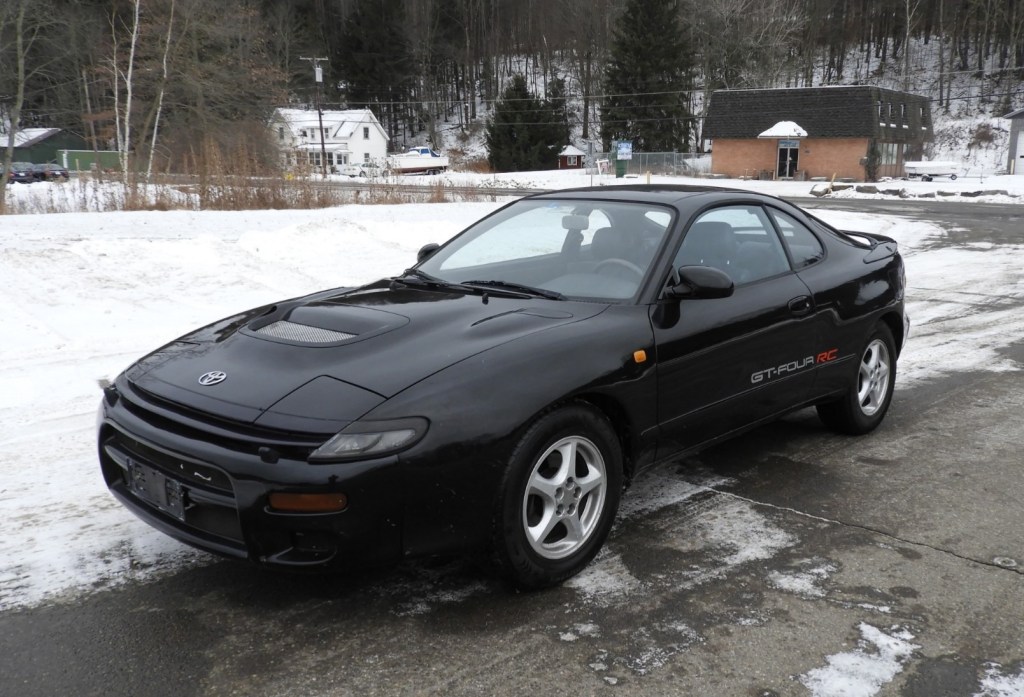
In 1990, driver Carlos Sainz was the first person to win the WRC driver’s title behind the wheel of a Japanese car. To honor this achievement, and to produce the cars needed for homologation, Toyota created the Celica GT4 Carlos Sainz edition (called the Celica GT4 RC in Japan).
In addition to the 5th-gen’s 225-hp 2.0-liter twin-turbo four-cylinder, the Carlos Sainz edition added a better water-to-air intercooler, a hood and front bumper with extra air ducts, and short-throw shifter. The racing version of this car would win Toyota the 1993 and 1994 WRC manufacturer’s titles, becoming the first Japanese manufacturer to do so.
However, the 6th-gen ST205 Toyota Celica GT4 is arguably even more famous. Although previous versions of the Celica All-Trac were sold in the US, the ST205 GT4 never was. Motor Trend reports 2500 of these cars were built for the initial 1994 homologation, with their 2.0-liter twin-turbo engines developing 252 hp and 225 lb-ft, according to The Smoking Tire. But that was only the beginning of what they offered.
How the Celica GT4 ST205 fooled everyone
From the factory, the Toyota Celica GT4 ST205 came with water injection, which used water jets to cool incoming air for more boost. Like the Carlos Sainz editions, these cars also came with a water-to-air intercooler. In addition, Hagerty and Car and Driver report that the ST205 GT4’s front suspension previewed the Ford Focus RS’ by roughly two decades. The cars also received significant bracing, under the hood, behind the dashboard, and in the doors.
But perhaps the most amazing feature was factory-installed plumbing for an anti-lag system. This, as Donut Media explains, uses exhaust gases to keep the turbos spooled up, eliminating power delivery lag. In fact, the ST205 Celica GT4 was the first rally car to use anti-lag. However, that’s not actually what made it so memorable.
As Petrolicious and Road and Track explain, turbocharged rally cars had to have restrictor plates, to limit how much air went into the turbo. This was meant to keep the cars from becoming too fast and powerful, like what happened in Group B. However, in 1995, Toyota was disqualified from the WRC. The rally team had been cheating, Jalopnik explained, by modifying the restrictor plate itself.
Basically, when the part was installed, special washers pushed the restricting funnel further out, which gave the Celica more power. But when race officials removed the part to inspect it, it looked up to code. And while Toyota was banned from the 1995 and 1996 WRC, race officials were audibly impressed at the team’s magnificent cheating. FIA president Max Mosley said it was “the most ingenious thing I have seen in 30 years of motorsport.”
Pricing and availability
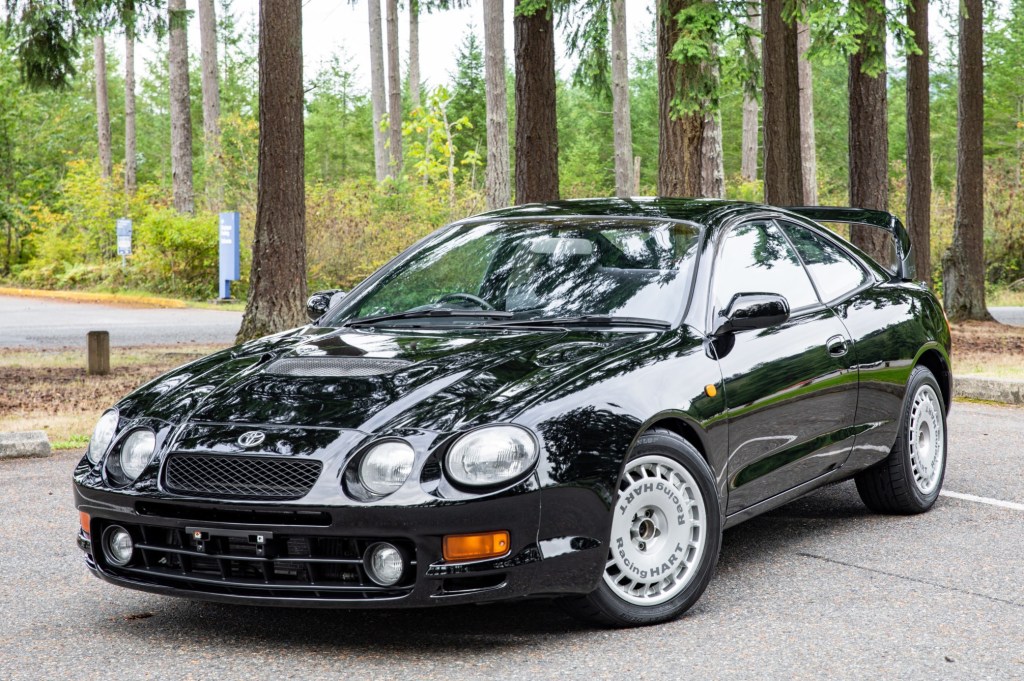
The ST205 was the last GT4 Celica, but production stretched from 1994-1999. At the moment, only the earliest ones are trickling into the US. But for a car with this much motorsports history, the Toyota Celica GT4 remains fairly affordable.
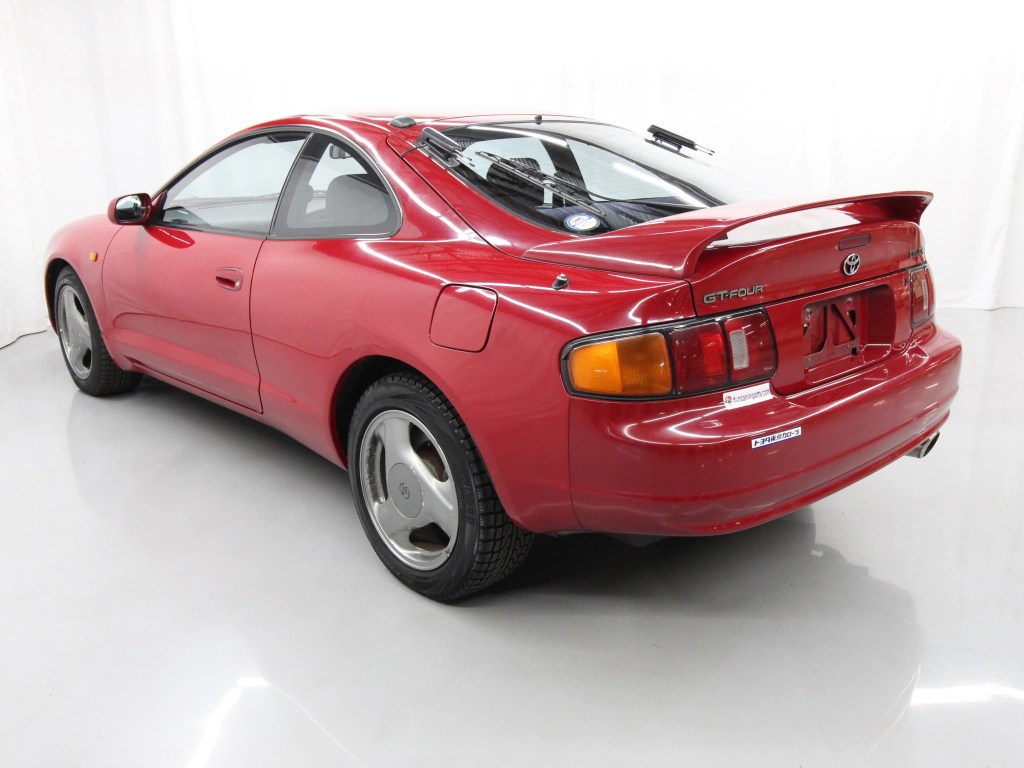
As of this writing, Japanese Classics has an ST205 available for just under $17k, albeit with roughly 139,000 miles. However, Duncan Imports has two Celica GT4s with under 100,000 miles available at the time of writing for under $20,000.
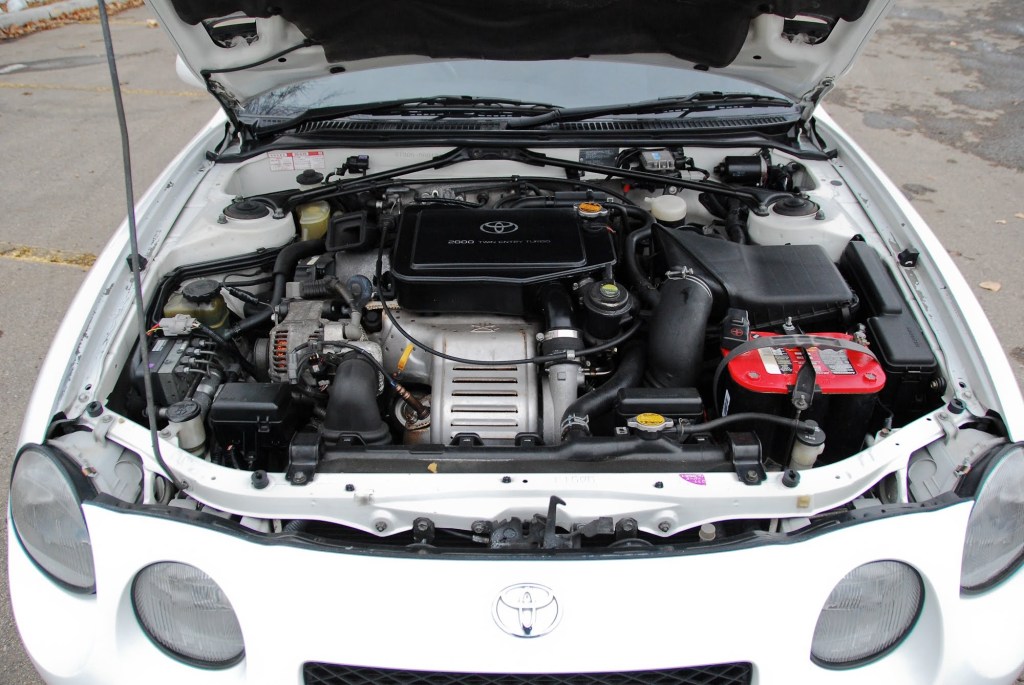
Lower-mileage ones also show up on Bring a Trailer. In 2019, a 68,000-mile example sold for $25,100; one with 70,000 miles on the odometer later sold for $16,150. Older Celica GT4s can be even cheaper. A 1992 Carlos Sainz edition sold on Bring a Trailer in 2018 for $9,700.
Because these Celicas were never sold in the US, parts can be more difficult to come by. However, with the Internet, this has become less of a hassle. So, if you’re interested in a genuine rally-racing machine, the Toyota Celica GT4 should be on your list.
Follow more updates from MotorBiscuit on our Facebook page.
